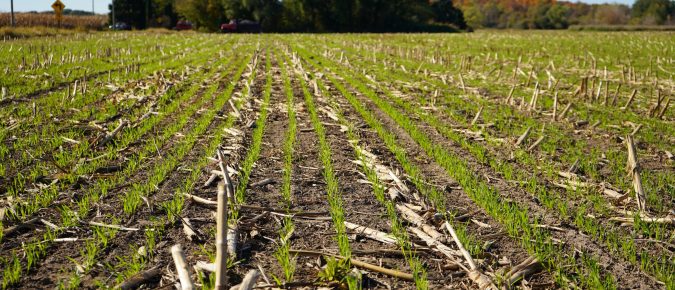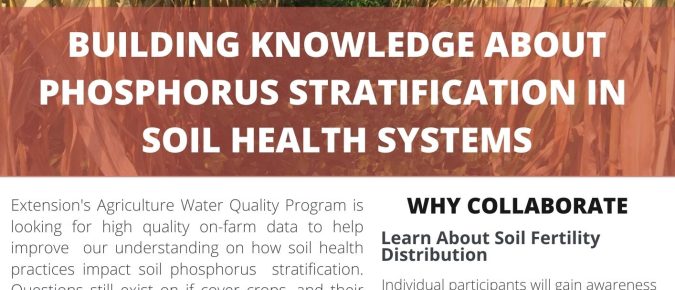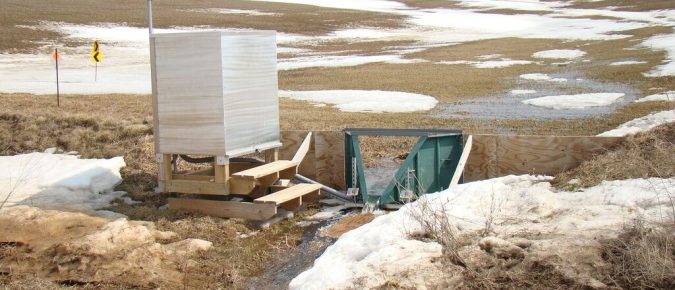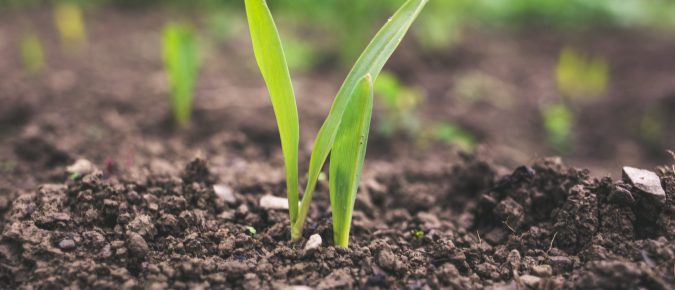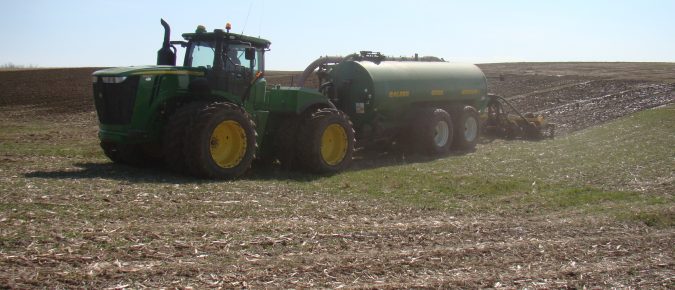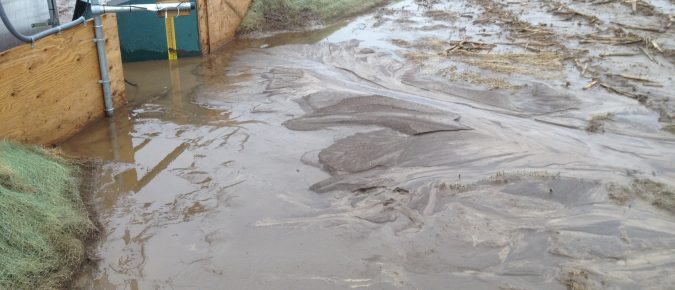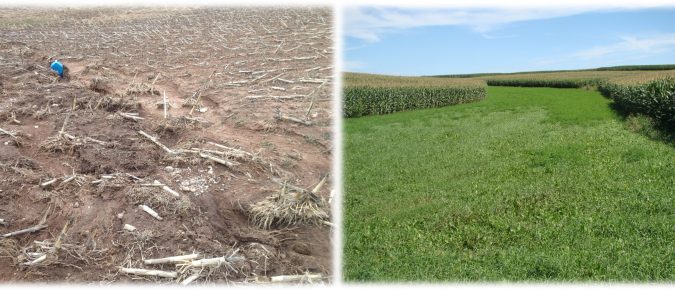Discovery Farms project finds that layering practices and implementing them at specific times can reduce phosphorus loss and positively impact water quality.
Extension’s Ag Water program at the University of Wisconsin-Madison is looking for high-quality on-farm data to help improve our understanding on how soil health practice impacts soil phosphorus stratification.
Historically, reduced tillage, defined here as tillage that maintains plant surface residue and where nutrients are surface applied (i.e. no-till, zone, strip, or vertical tillage), were touted as the solution for phosphorus loss from agricultural fields.
Winter Webinar Series 2 of 3 – “Soil test phosphorus: an important risk factor for water quality.” This webinar had two speakers, Chelsea Zegler (an outreach specialist in UW-Extension’s Ag water quality program) and Dr. Jamie Patton (regional specialist with UW-Madison’s Nutrient and Pest Management Program). This webinar went into depth about the phosphorus (P) cycle, analyzing soil test phosphorus and how it is an important tool to use on farms to limit P losses.
Phosphorus is a vital macronutrient for crop production, a major contributor to aquatic degradation, and a finite global resource and thus is important agronomically, environmentally, and economically. Phosphorus loss to water resources happens in every agricultural production system. Fortunately, there are management options that decrease the risk and amount of phosphorus loss to water resources without sacrificing farm profitability.
As the quantity and quality of on-farm data increase over time, the understanding of how agriculture impacts water quality has evolved. As research and monitoring technology has progressed, the scientific community is looking at more than runoff and soil loss, but rather, different forms of phosphorus (P). In the past, total P was discussed, but now is broken down into particulate P and dissolved P.
According to the USDA Census of Agriculture, from 2007 to 2017, the amount of commercial phosphorus (P) fertilizer applied, and manure P generated, continued to increase in many states including Wisconsin; at the same time, farm acreage is shrinking. Over application of P contributes to both economic inefficiencies and environmental concerns, including harmful algal blooms and eutrophication of waterbodies.

